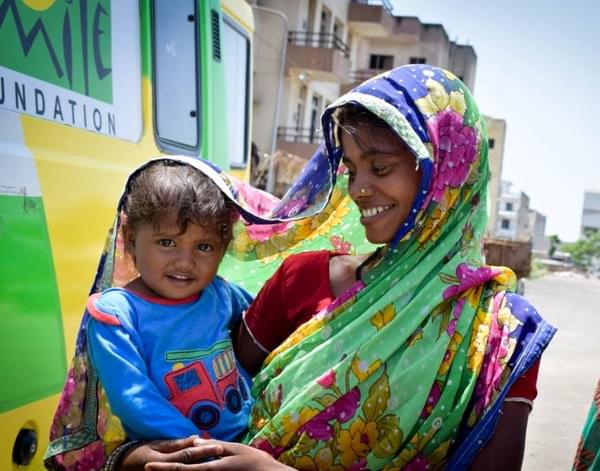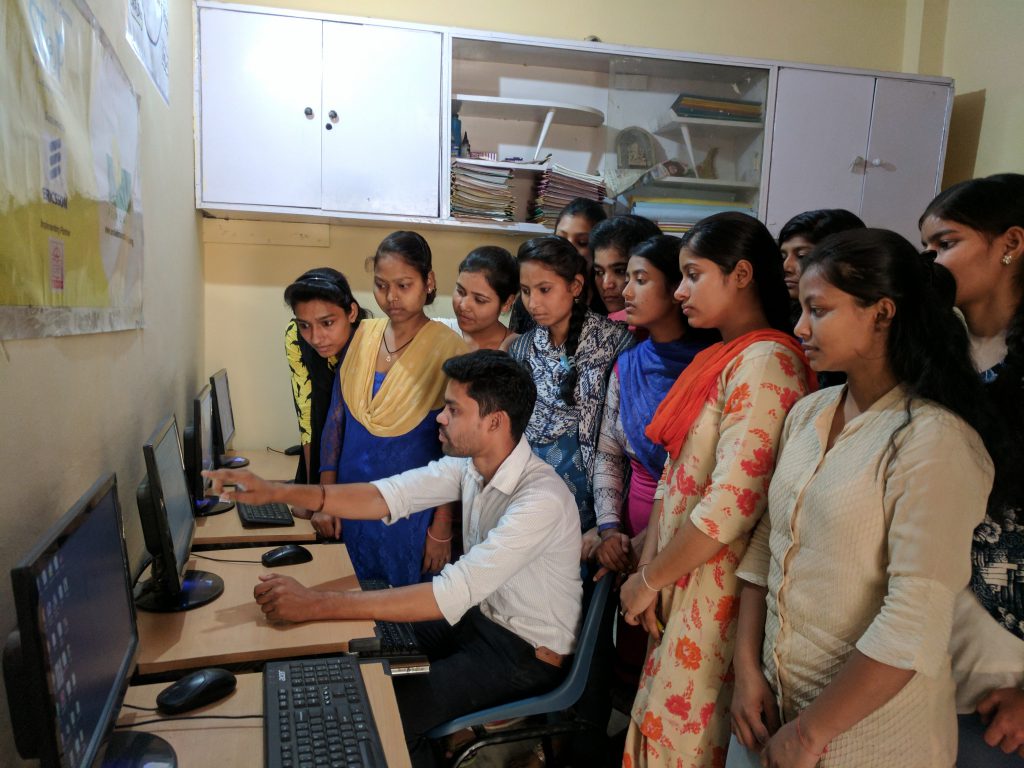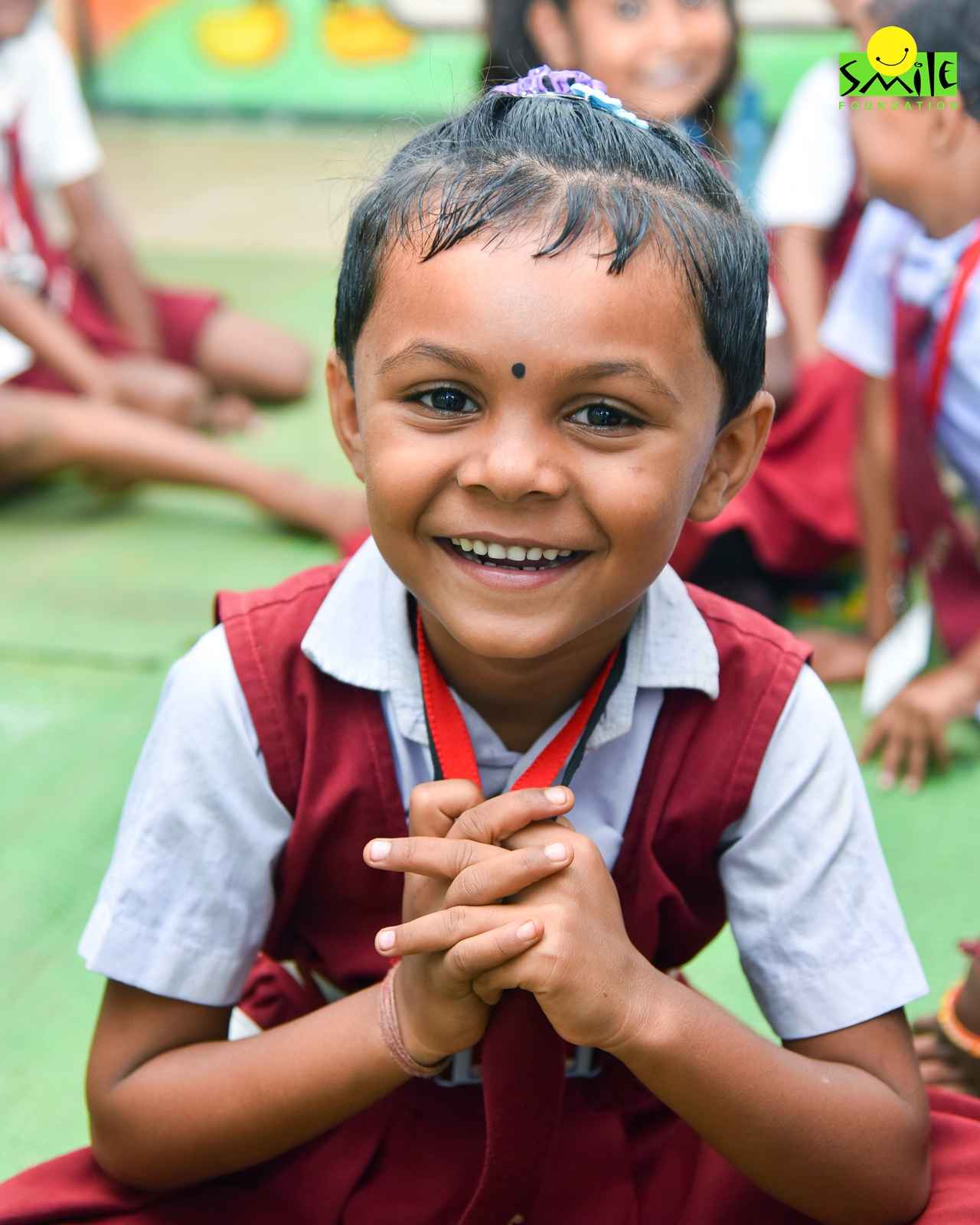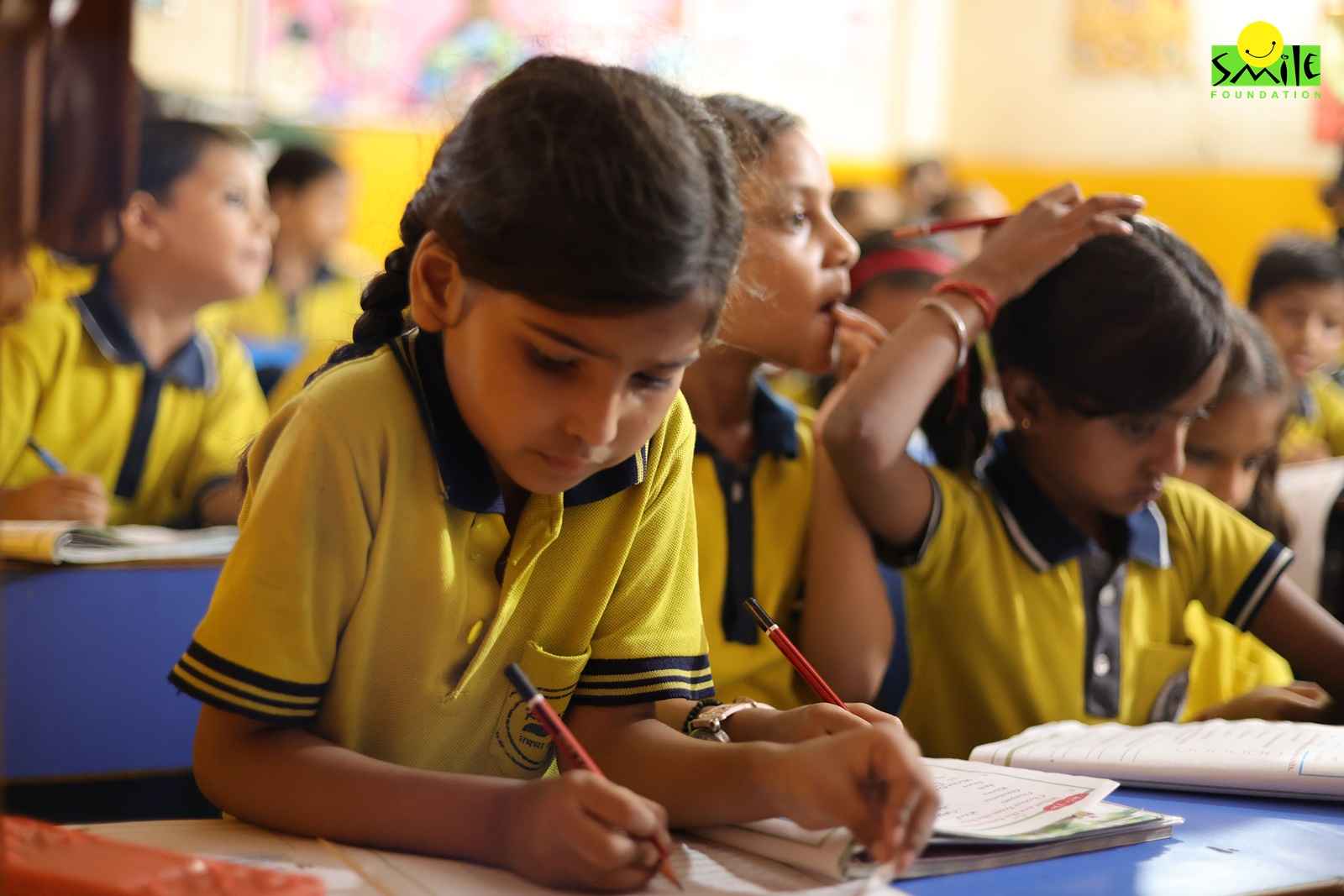As per a recent National Family Health Survey (NFHS) more than one out of two women of reproductive age in India are anaemic. The report reveals that this burden of anaemia is even grave in the aspirational districts of the country. This is a staggering number of women who are facing a health challenge which can impact them and their babies.
Anaemia is a condition which involves the body’s lack of capacity to produce enough red blood cells or haemoglobin. It is a widespread issue in India, impacting both men and women. However, the health concern is bigger in the case of women of reproductive age because it can cause complications in childbirth and even affect the health of the baby who is born of an anaemic mother.
There are a number of factors that cause anaemia in women and nutritional deficiency is the biggest contributor to that. Inadequate intake of iron, vitamin B12, and folate is the biggest reason for anaemia among reproductive women. However, heavy menstrual bleeding in women can also lead to a depletion of iron levels in the body. Therefore, a healthy and balanced diet is the most important intervention to bring down cases of anaemia.
Anaemia and maternal health
There are many complications that may arise for both the mother and the baby in case the former is anaemic. Some of these complications are:
- Child health – A baby born of an anaemic woman can be premature, with low weight at the time of birth, or have nutritional deficiencies.
- Mother’s health – Excessive bleeding during childbirth can happen in case of anaemic women and it can also increase the risk of postpartum depression. Anaemic women are also more likely to struggle with managing daily activities after childbirth because of reduced stamina and excessive fatigue.
However, when it comes to this, India is not the only country that is fighting the burden of anaemia. World Health Organization data suggests that about one in every three women of reproductive age globally are anaemic. Regions like Sub-Saharan Africa and South Asia are struggling the most with this issue. The reason, primarily, is poverty and lack of nutritious food in the diets of people.
Developed countries have a very high burden of anaemia and the causes for the existing cases are also not the poor access to nutritious food, but things like dietary restrictions, poor food choices, or existing medical conditions.
India has been trying to fight this problem through various government and non-government initiatives, including schemes like National Iron Plus Folic Acid Supplementation Program (NIFAS) under which pregnant women are provided iron supplements in order to ensure they are not anaemic.
At the same time, there is a general growing awareness around the importance of a healthy diet. This is because of access to information in the remotest parts of the country using the latest technology. Therefore, people are also willing to make better dietary choices, provided they have access to nutritious food options.
Ways to solve the problem
As mentioned above, there is an ongoing effort to decrease the anaemia burden in India through many interventions. Here are some solutions to deal with the problem:
- Iron supplementation: One of the biggest contributors to anaemia in pregnant women is lack of iron and folic acid in their diet. Therefore, the first level of intervention has to be about providing them supplements that can fulfil this dietary requirement.
- Changes in diet: The second intervention has to be about overall dietary changes because that will create a sustainable solution for the problem. Consumption of iron-rich foods can lead to reduction in anaemia cases over a long period of time.
- Awareness: Lastly, people should be aware of the reasons behind anaemia, its effects on pregnant mothers and their babies, and the ways in which they can deal with it. Once we achieve awareness and knowledge, it becomes a significantly easier task to deal with any problem.
Other initiatives in India
One of the biggest campaigns to solve this problem was launched in 2018 by the government of India and it was named the Anaemia Mukt Bharat Campaign. The mission behind the campaign, as the name suggests, was to reduce the anaemia burden in the country through a series of interventions. The campaign was designed to have a deep impact on the ground by targeting six beneficiary age groups, implementing six interventions, and utilising six institutional mechanisms.
Apart from this, other initiatives by non-government organisations, CSRs, and private sector have also been taken to contribute towards the reduction of anaemia burden.
Anaemia is a preventable condition. By working together – government, healthcare providers, NGOs including Smile Foundation, and communities – significant progress can be made. Increased awareness, improved access to iron and folic acid supplementation, promoting healthy dietary habits, and addressing underlying health issues can significantly reduce the burden of anaemia in India.
Investing in maternal health is not just about healthy mothers and babies – it’s about building a healthier and stronger future for the nation. Improved maternal health can lead to better child development, increased economic productivity, and women empowerment.









